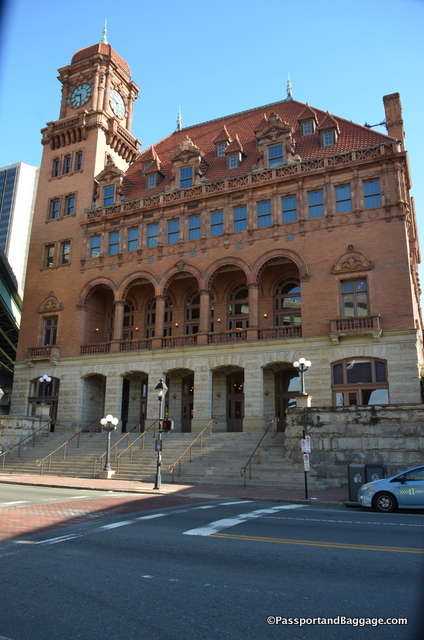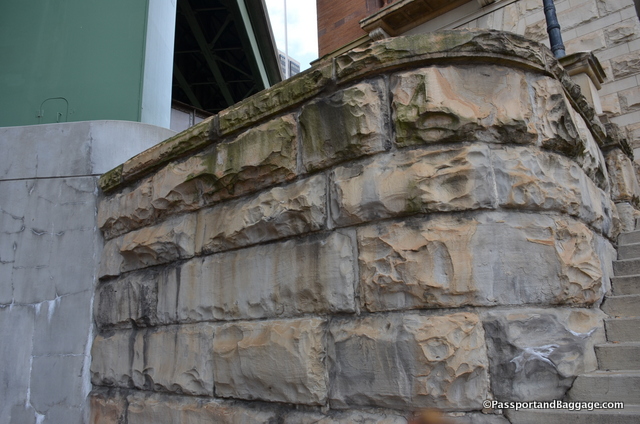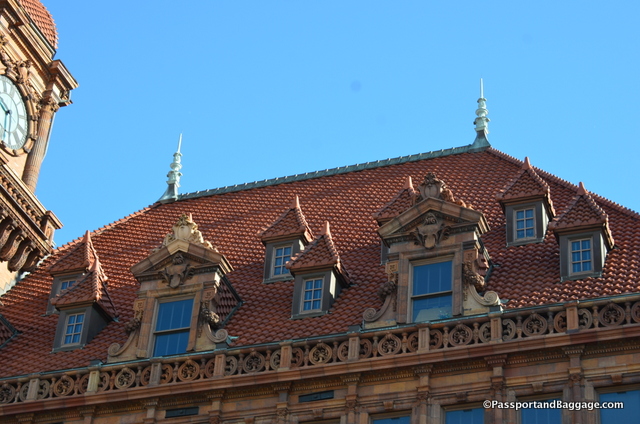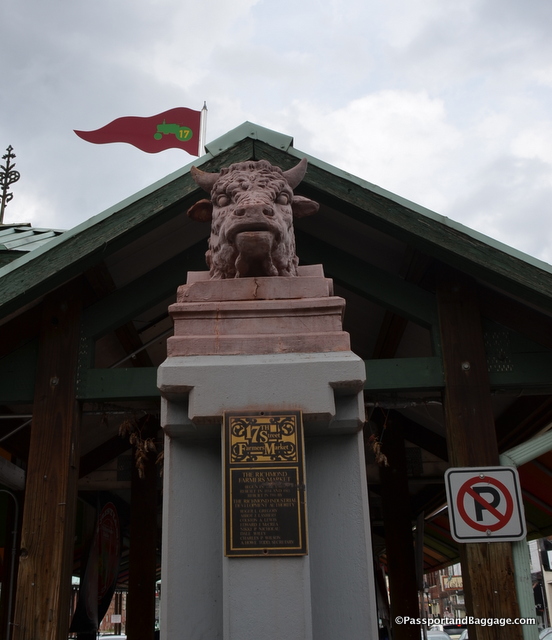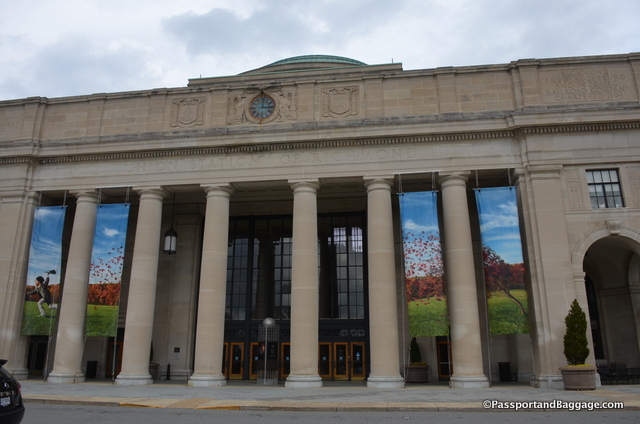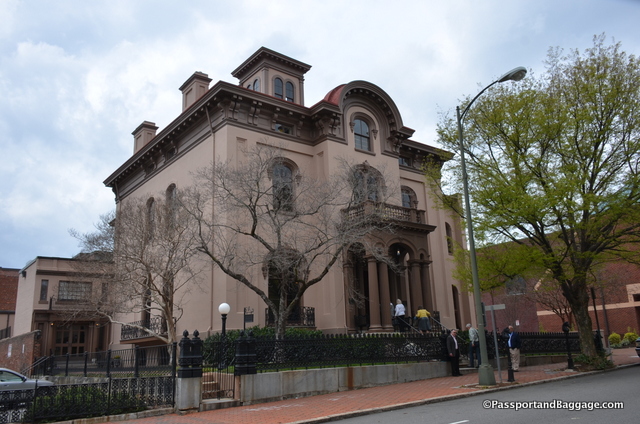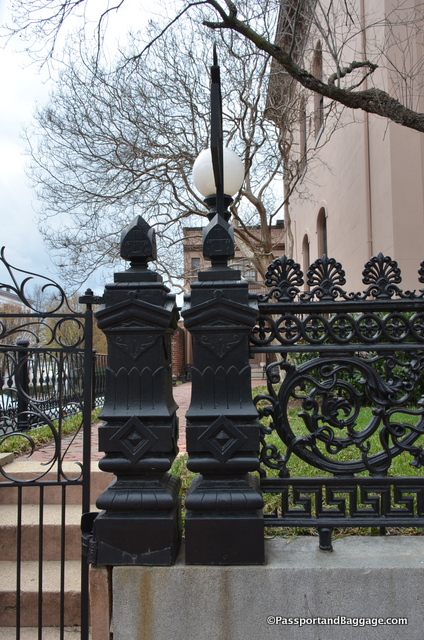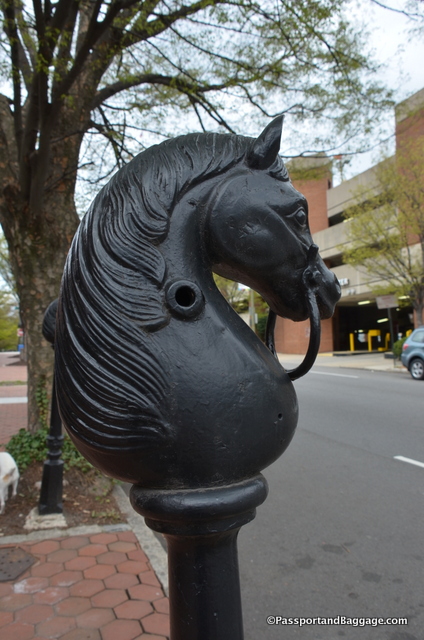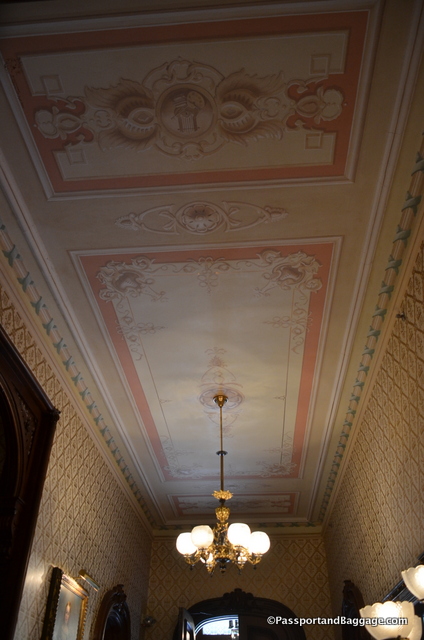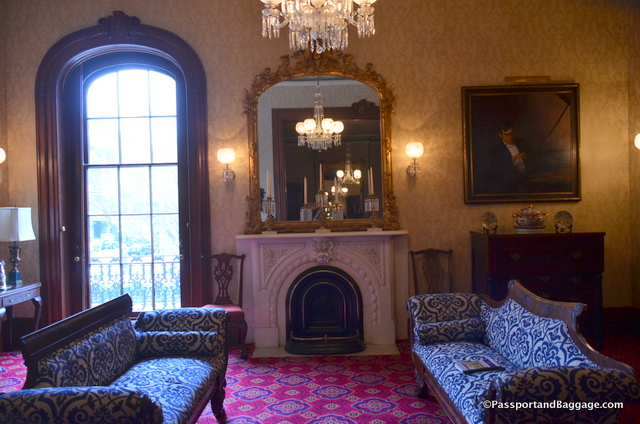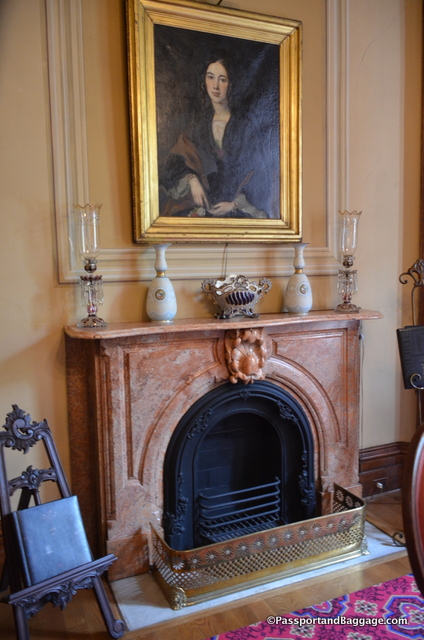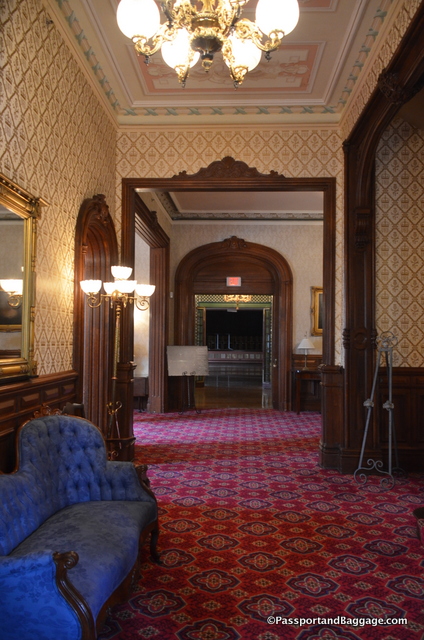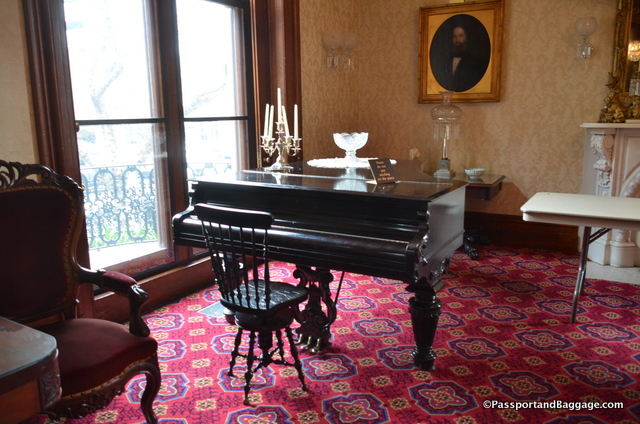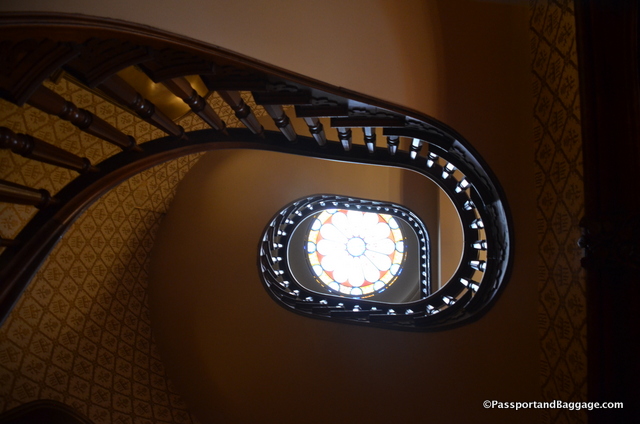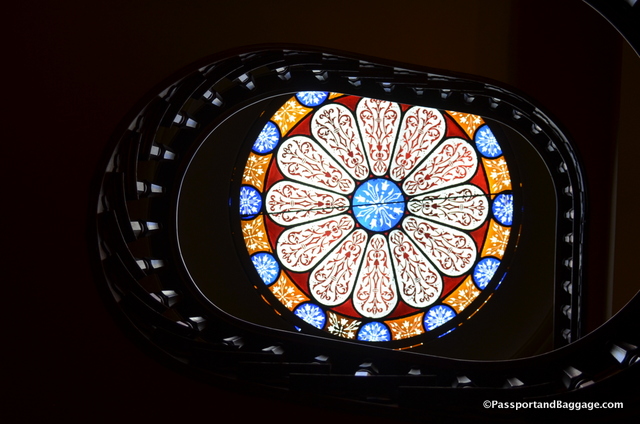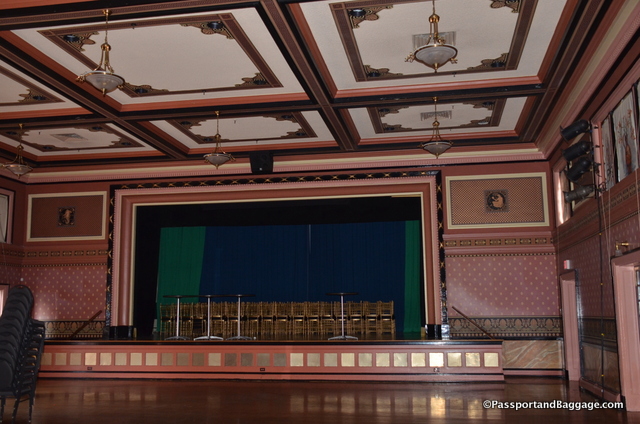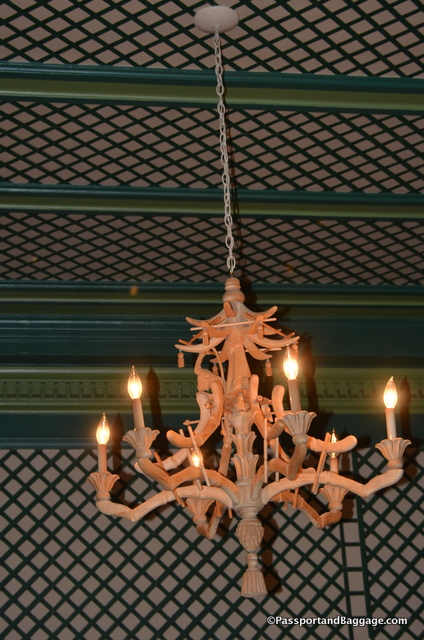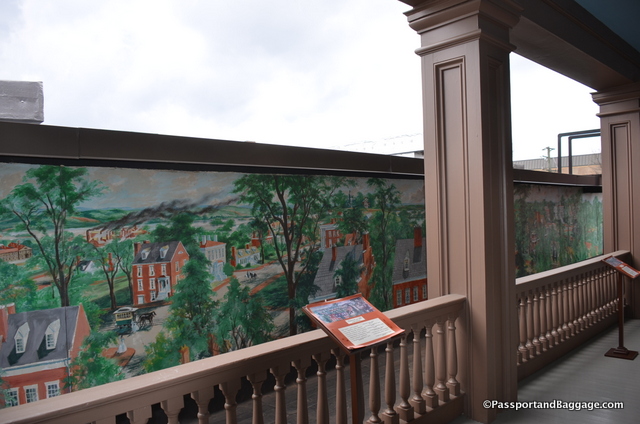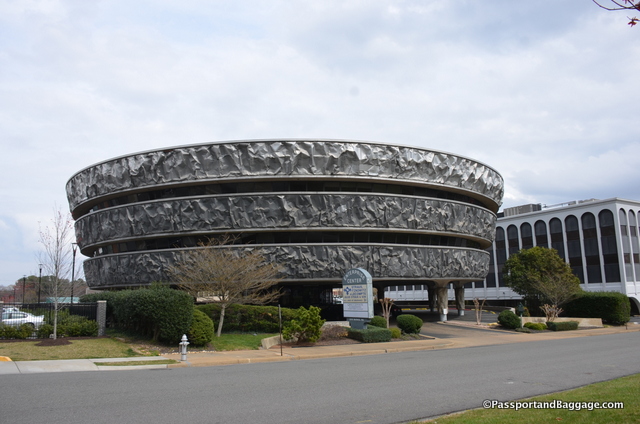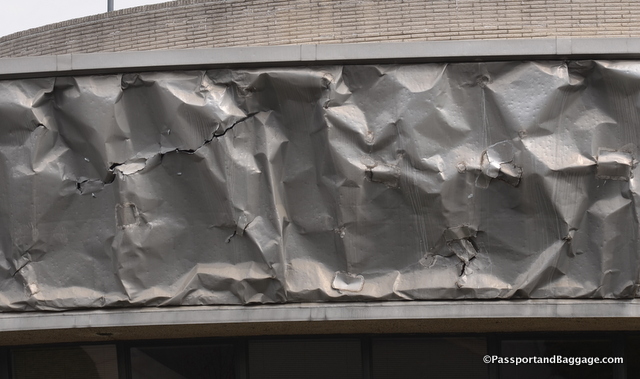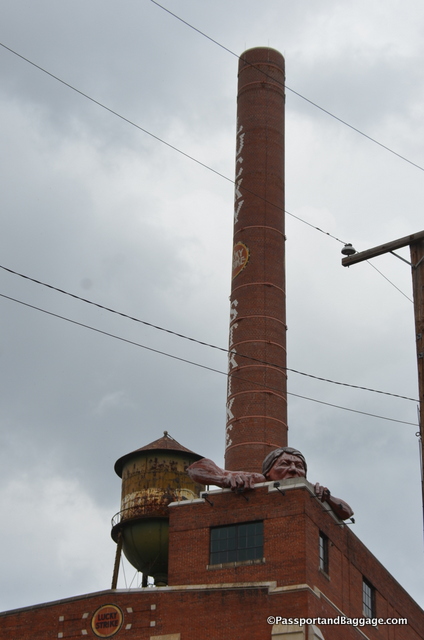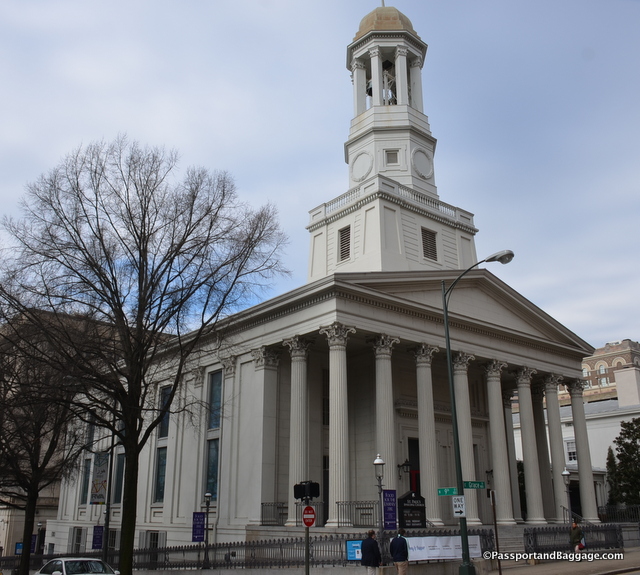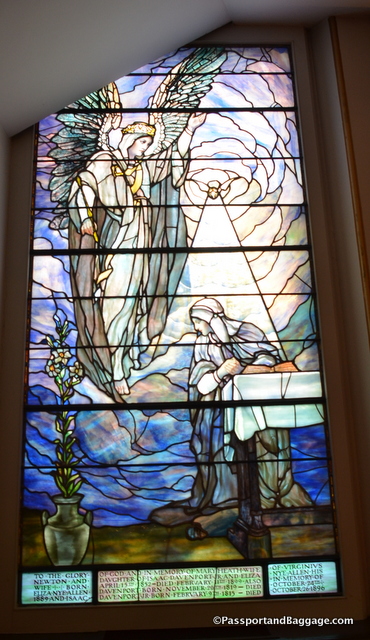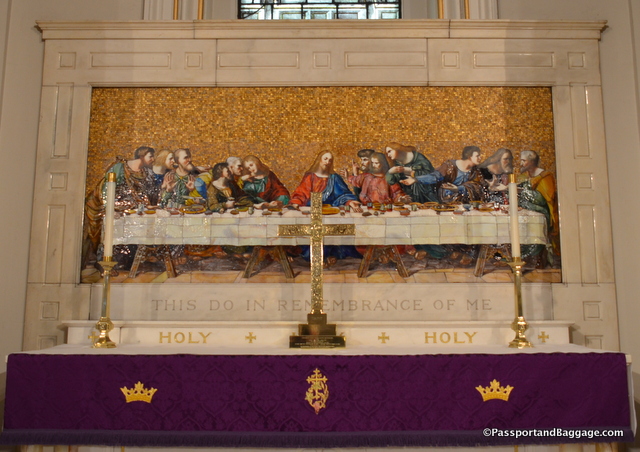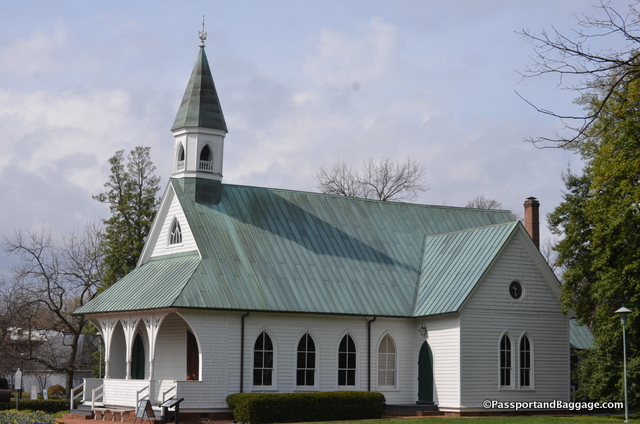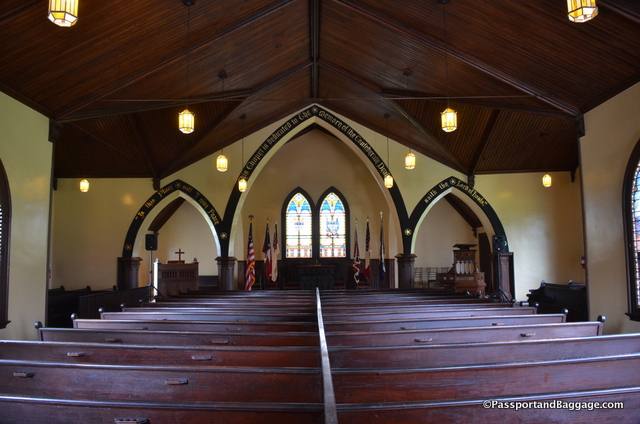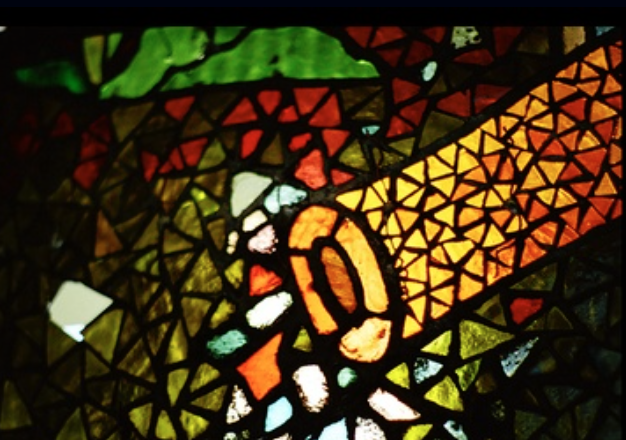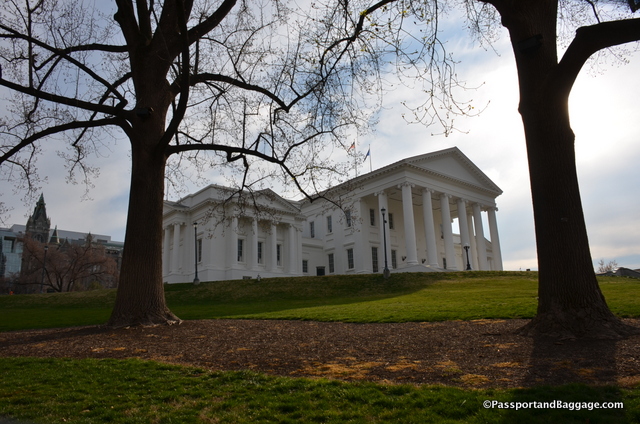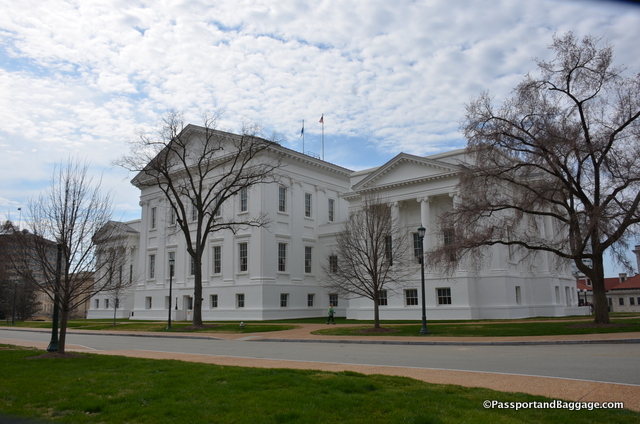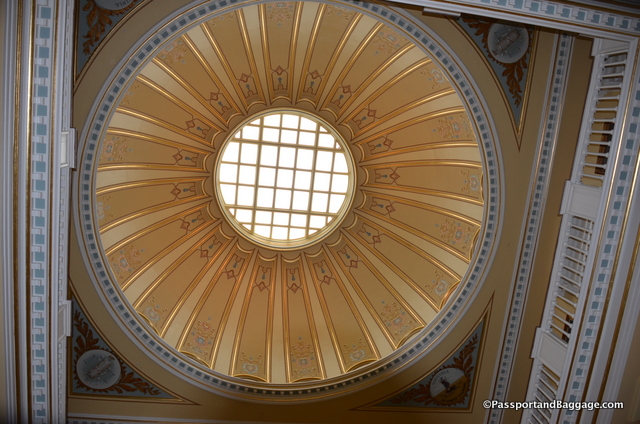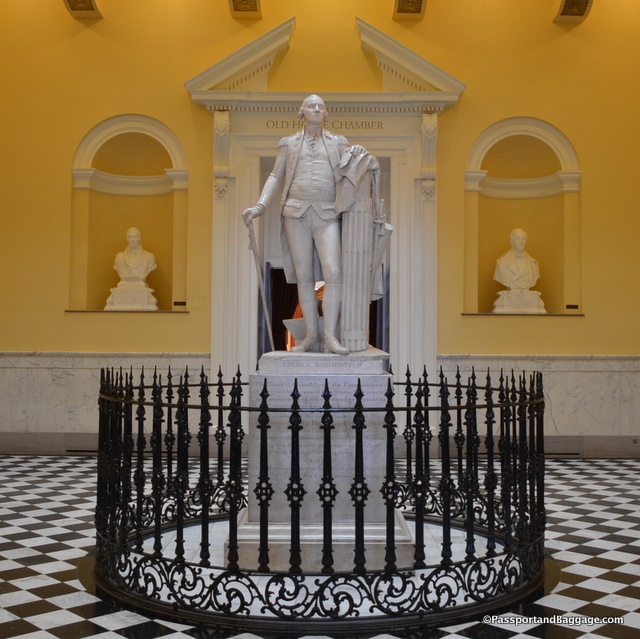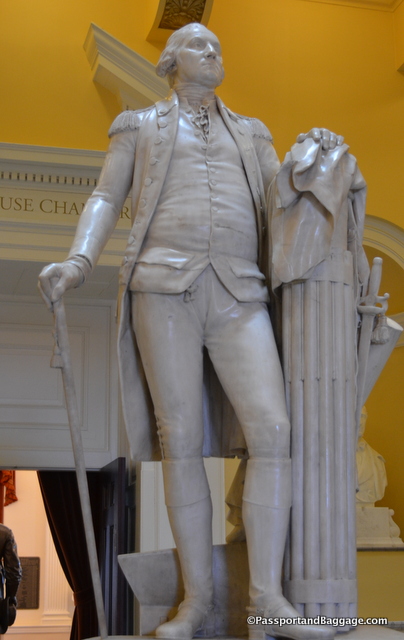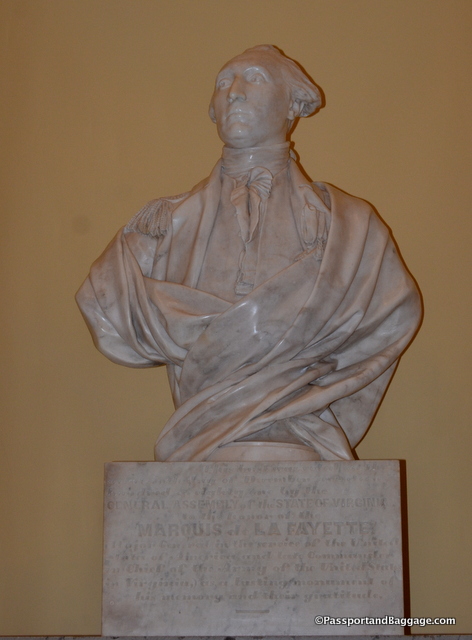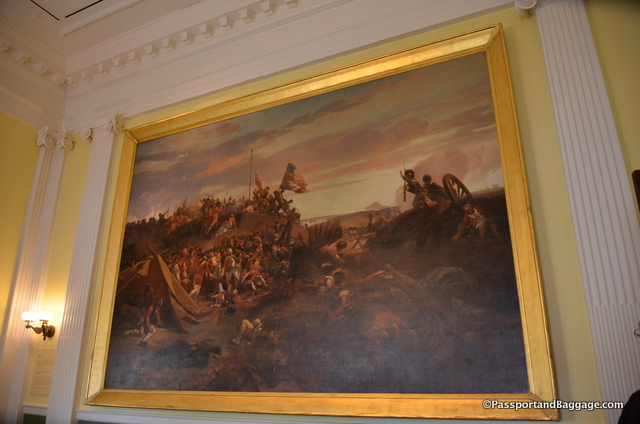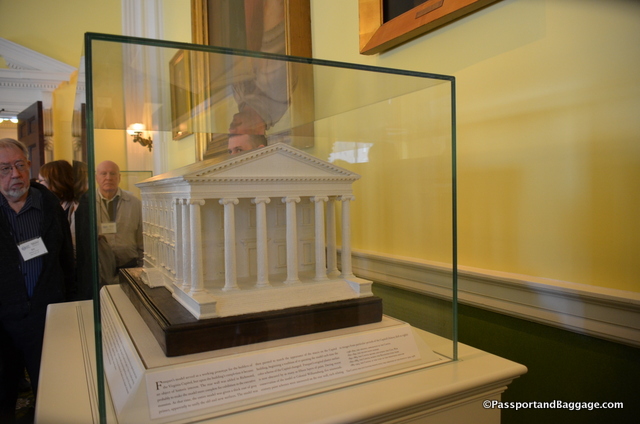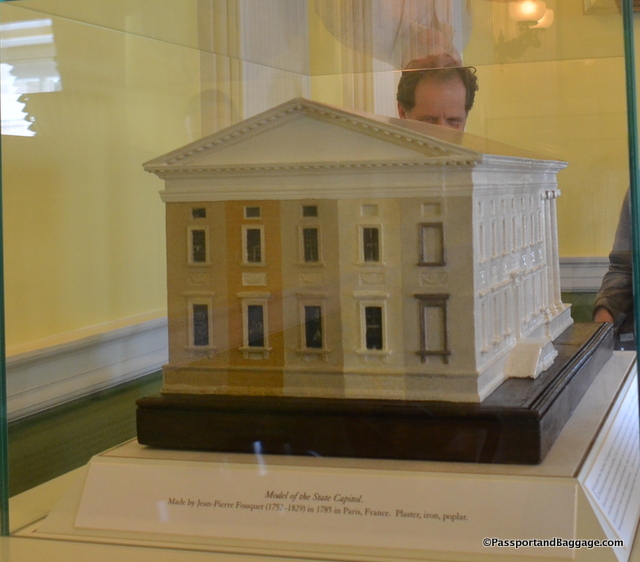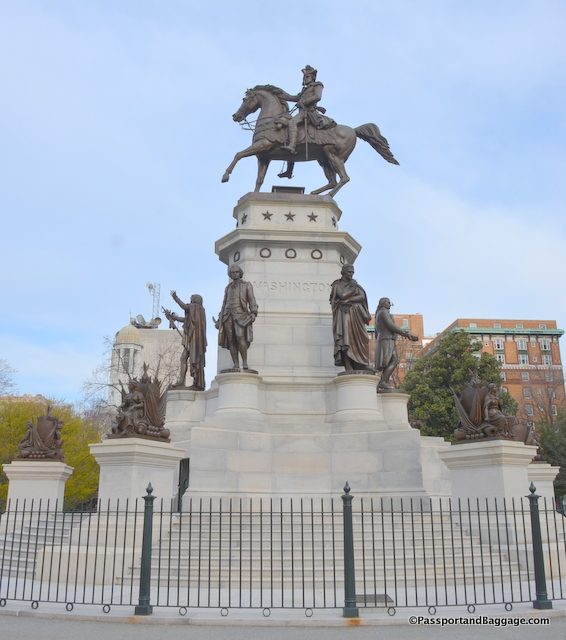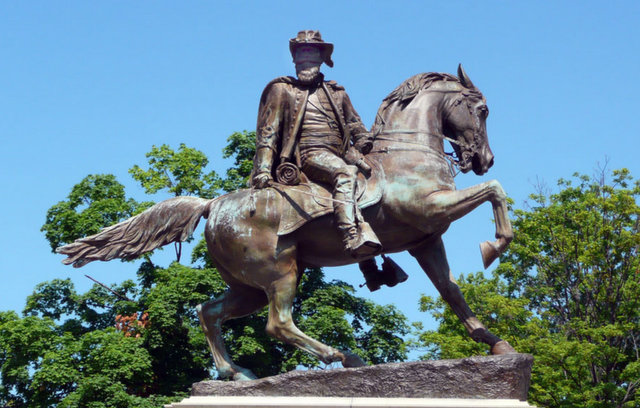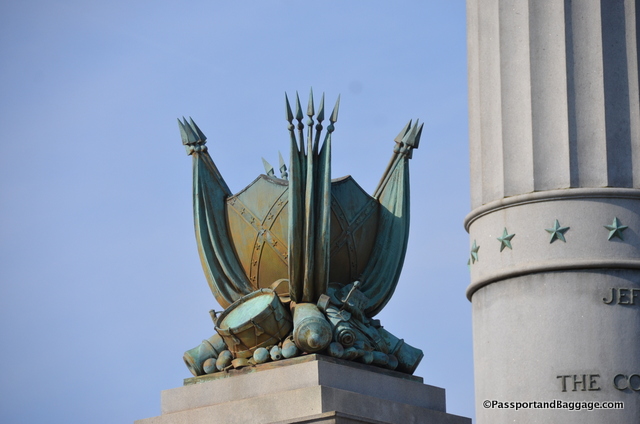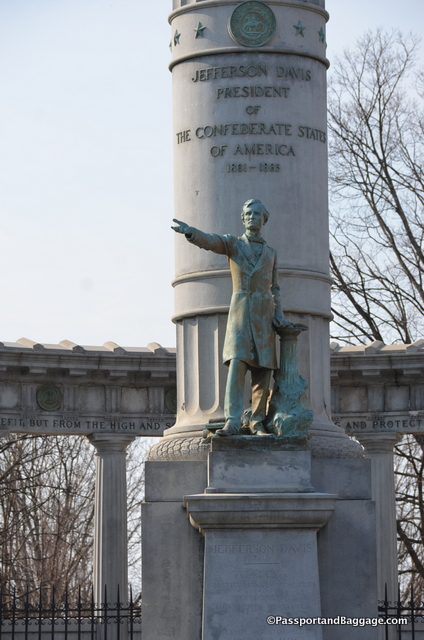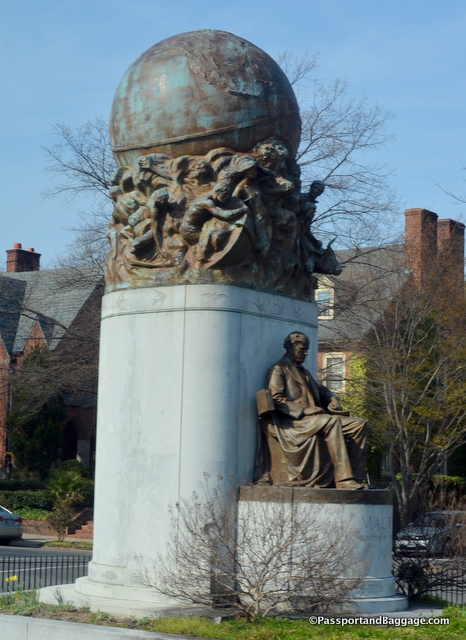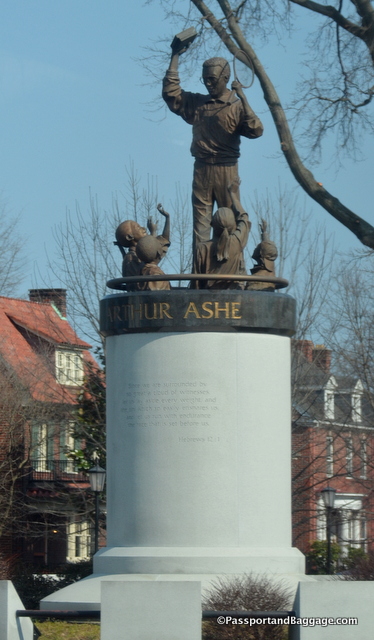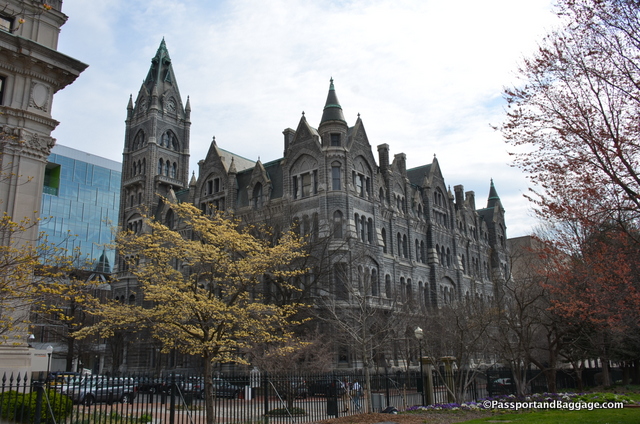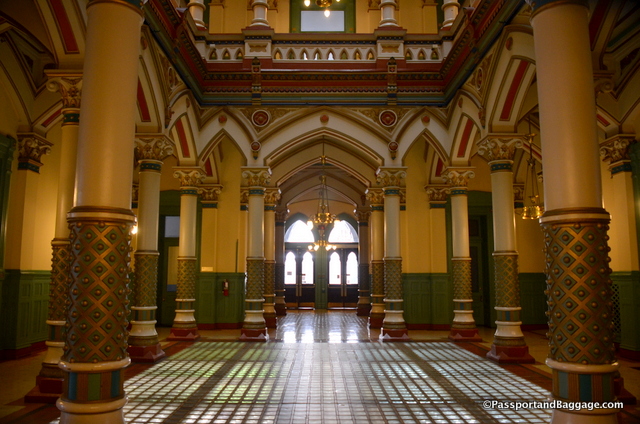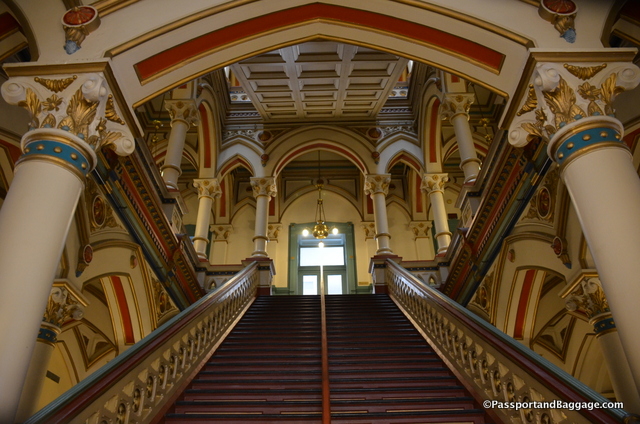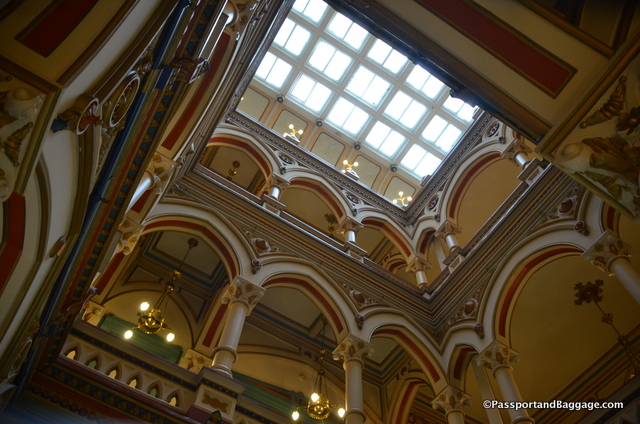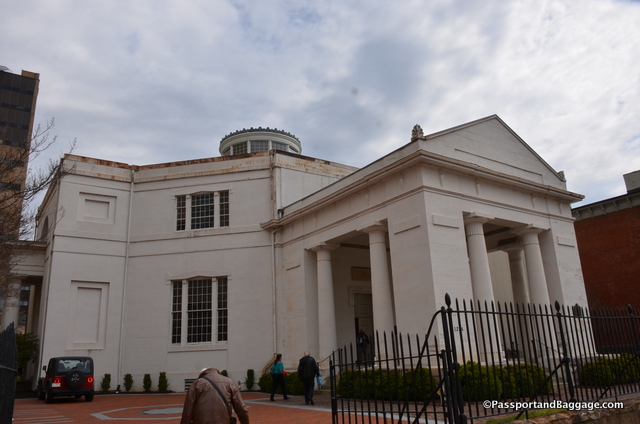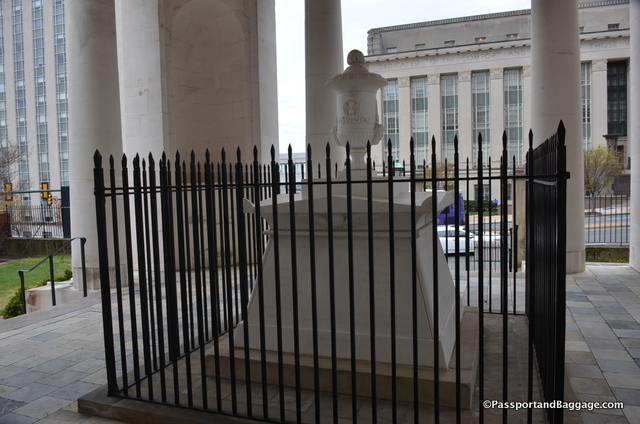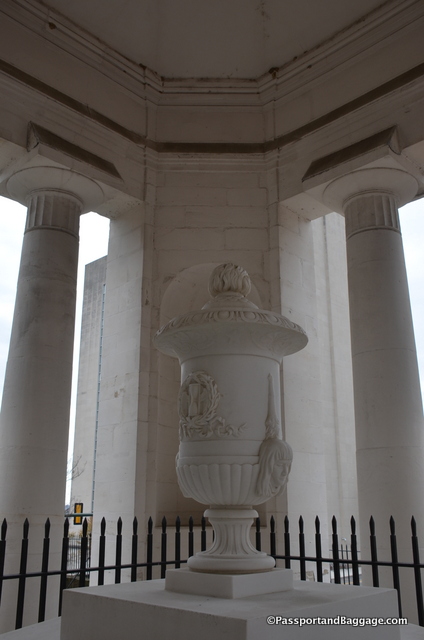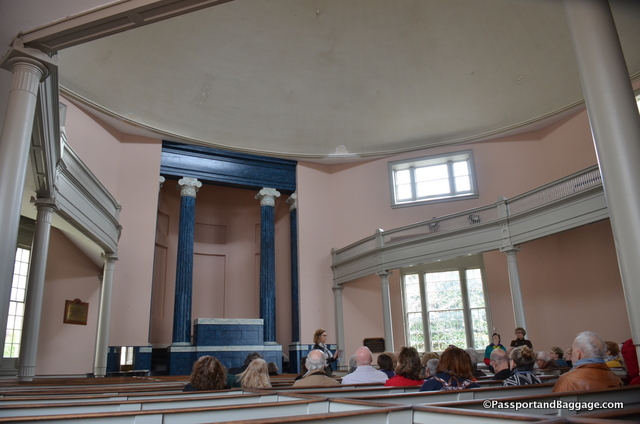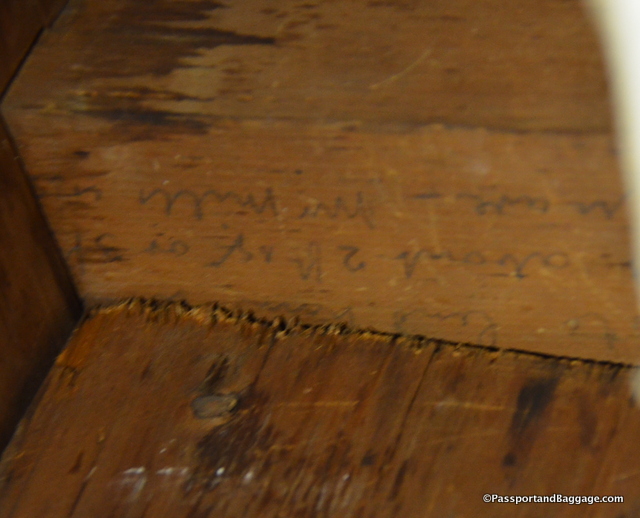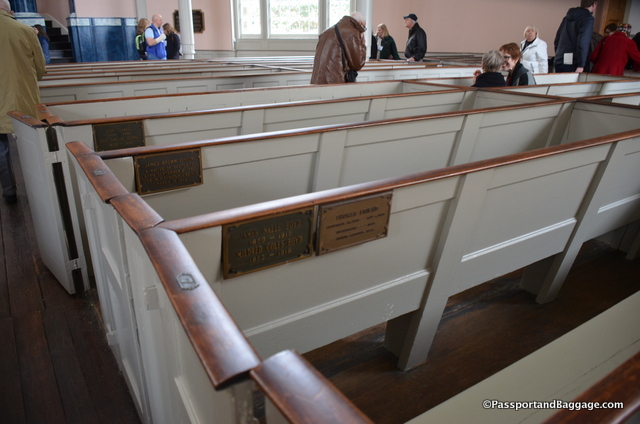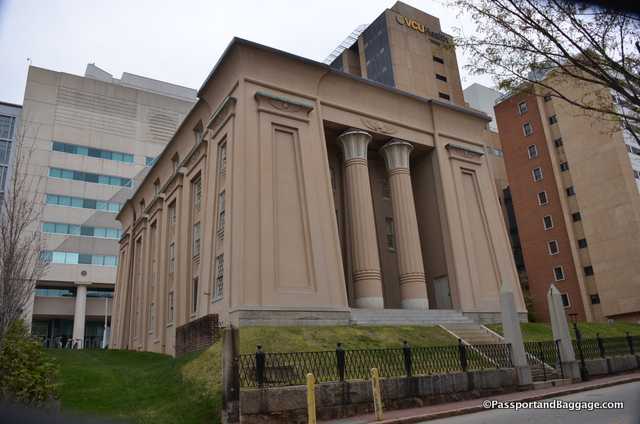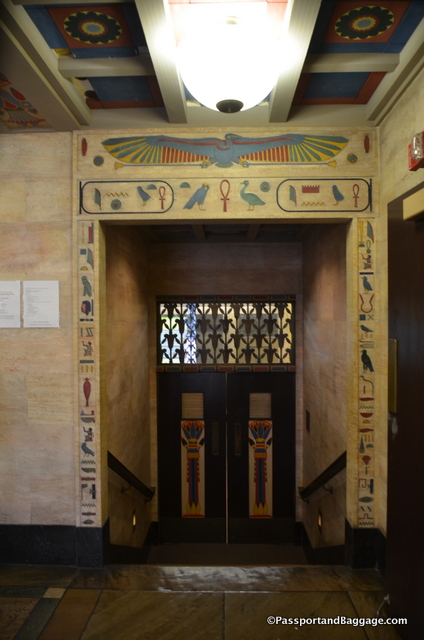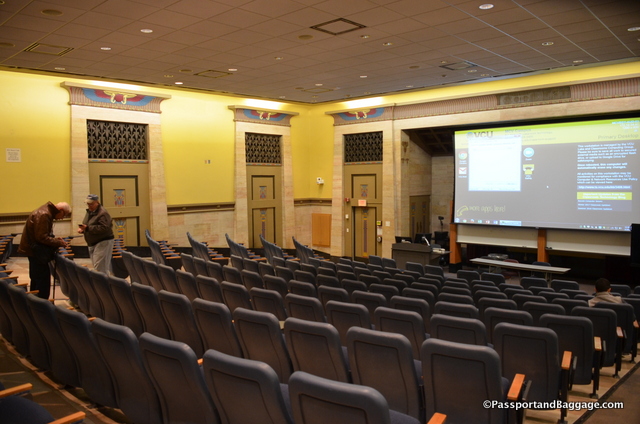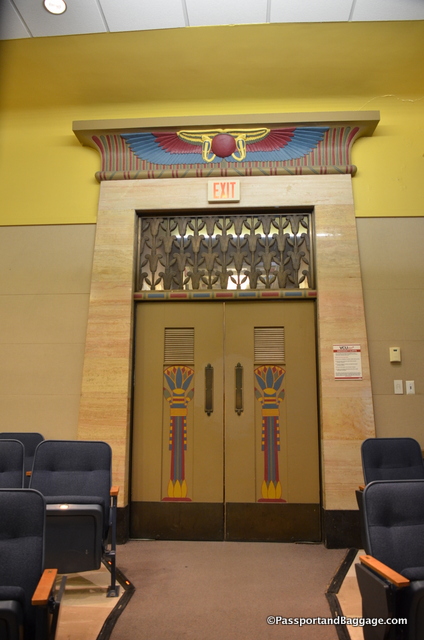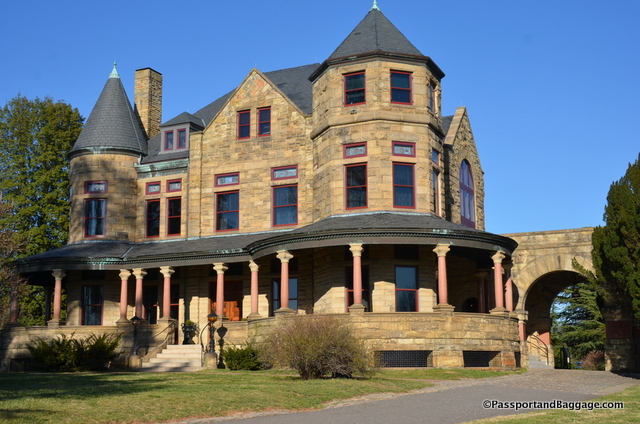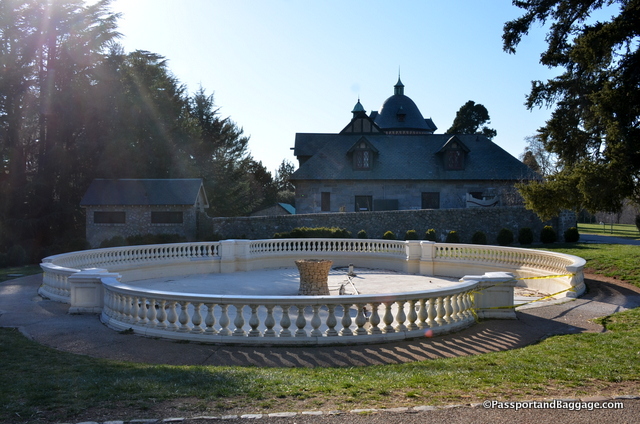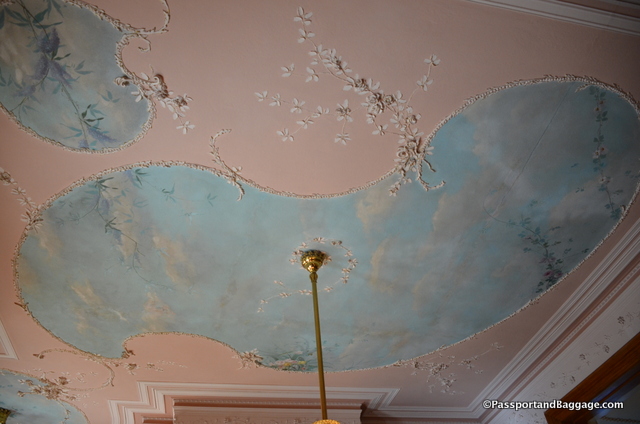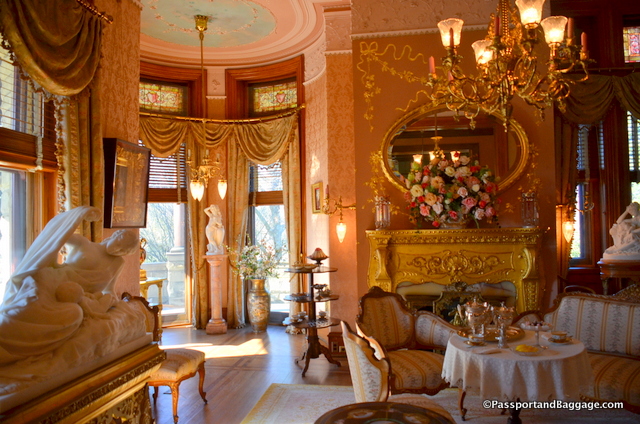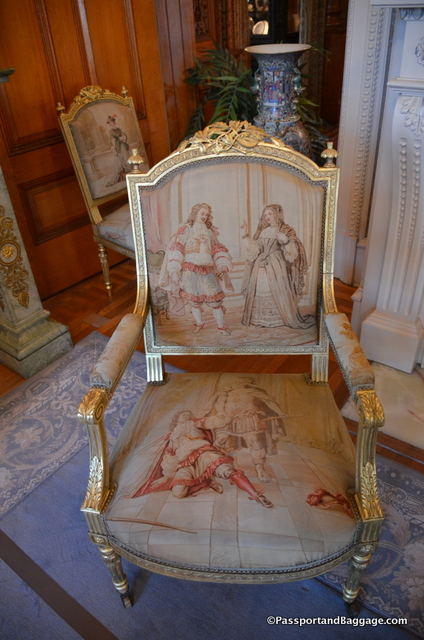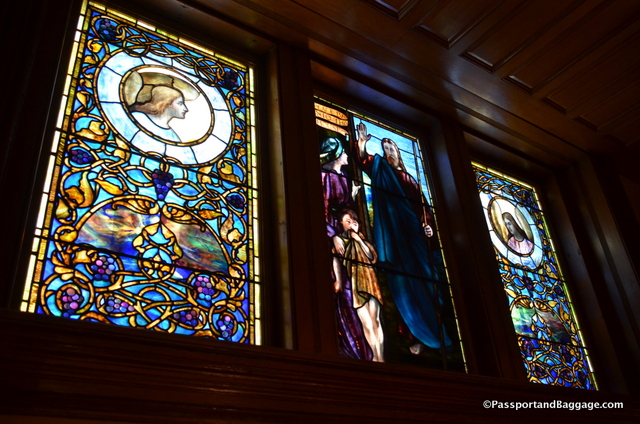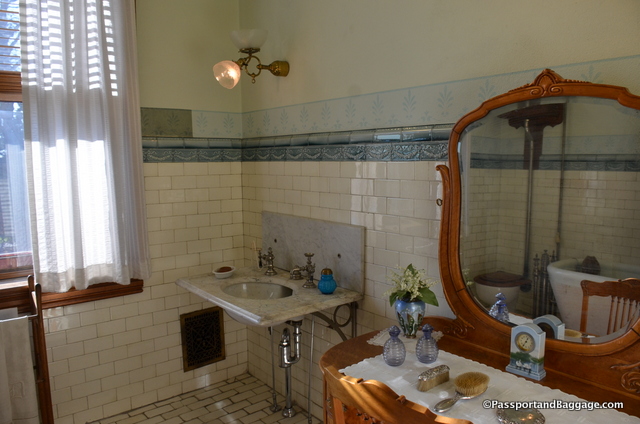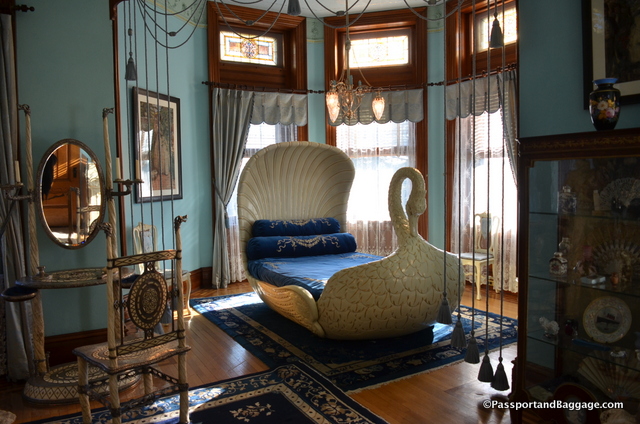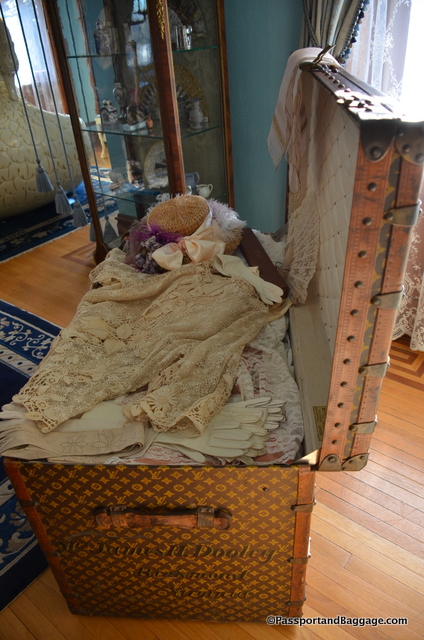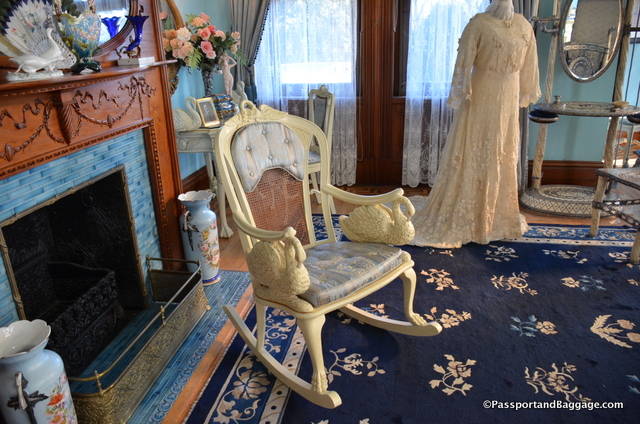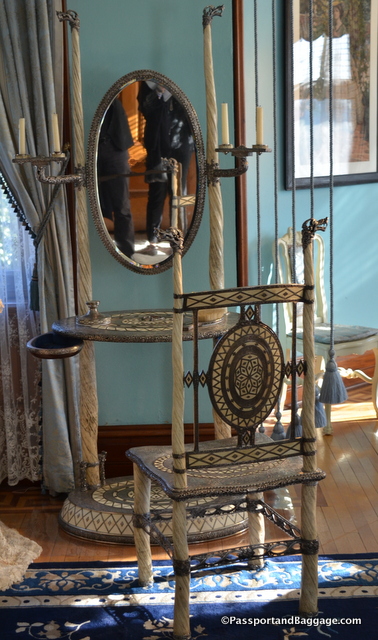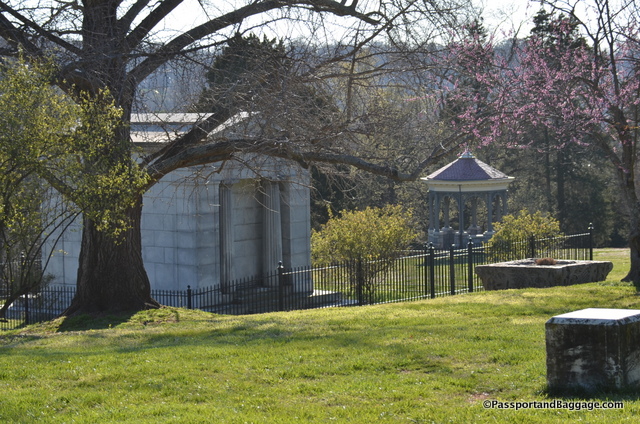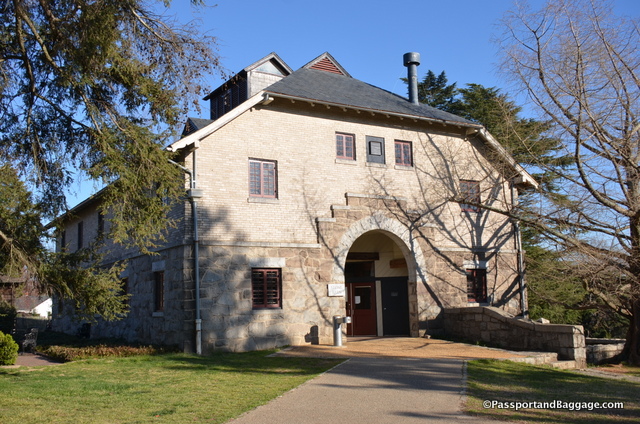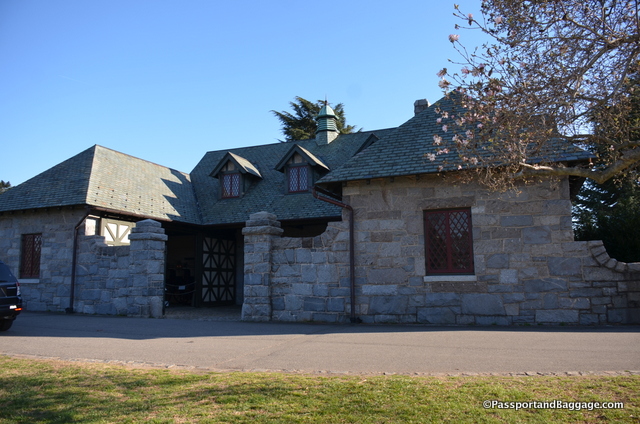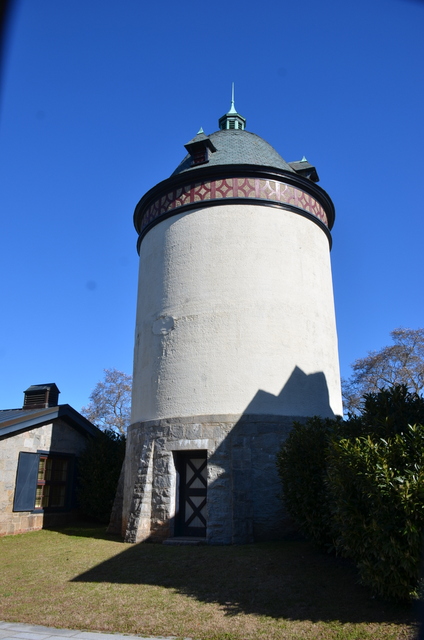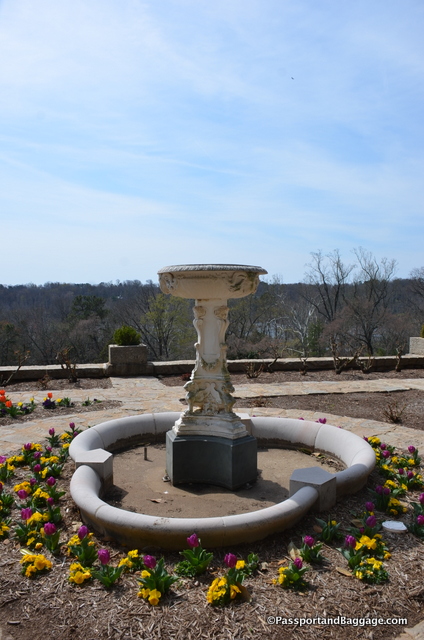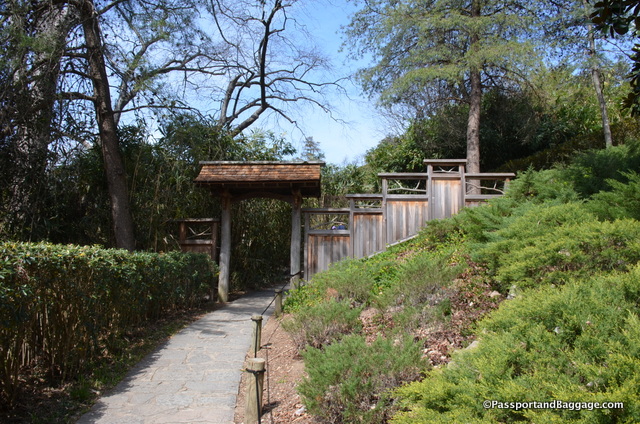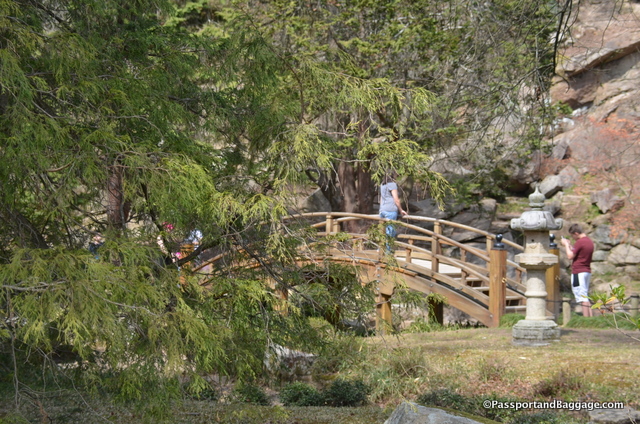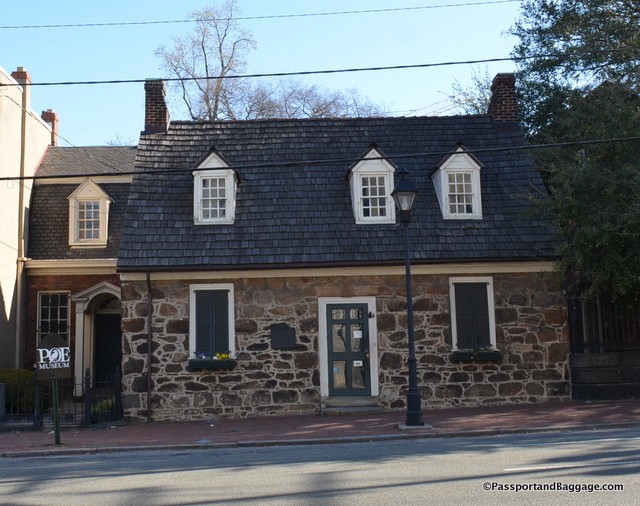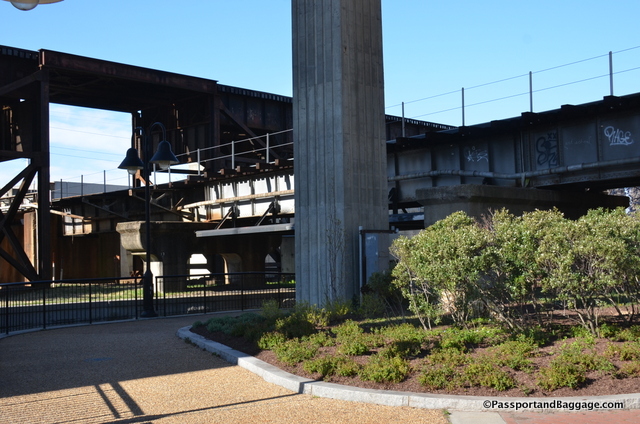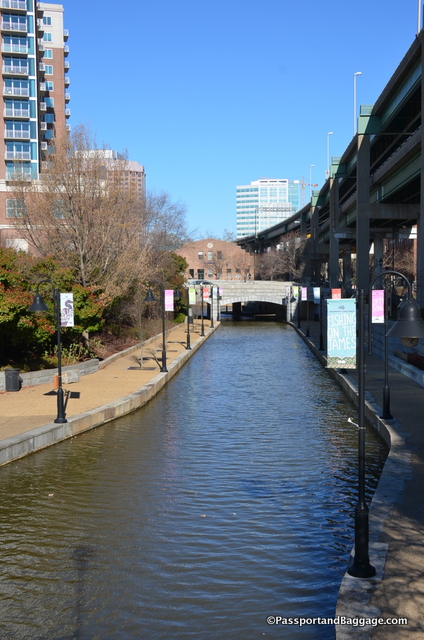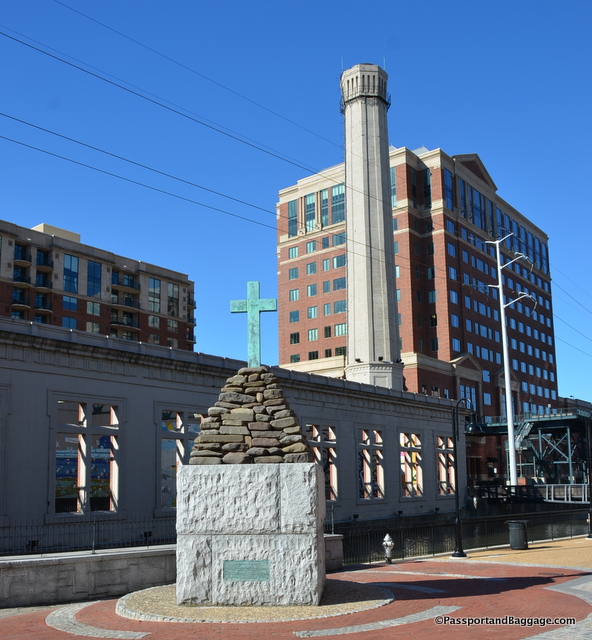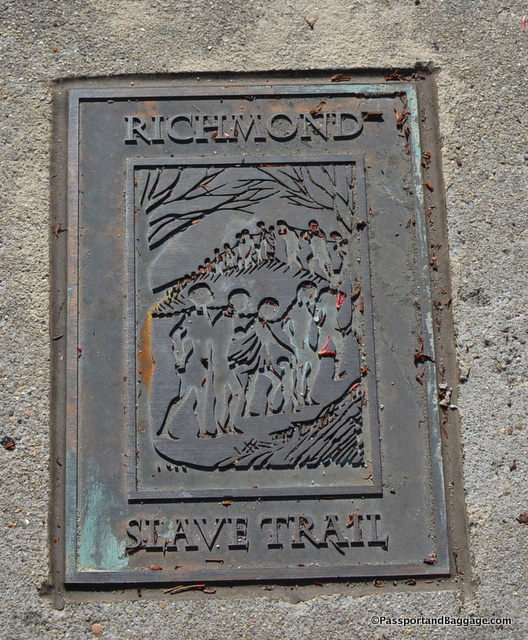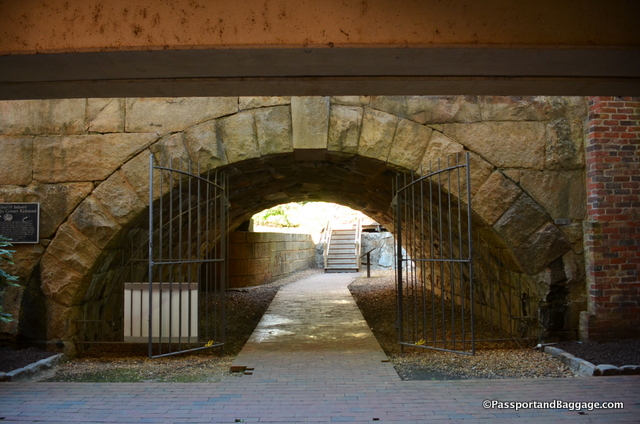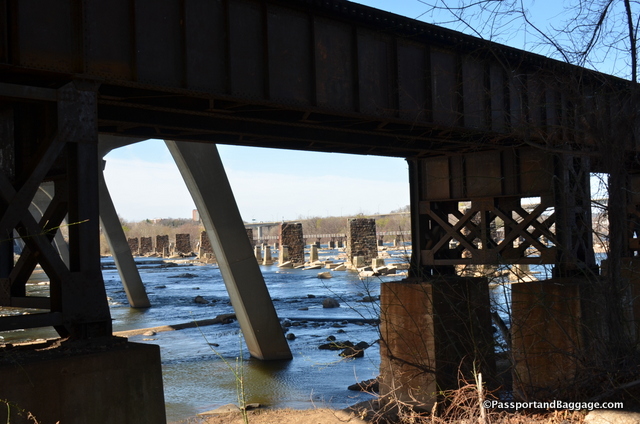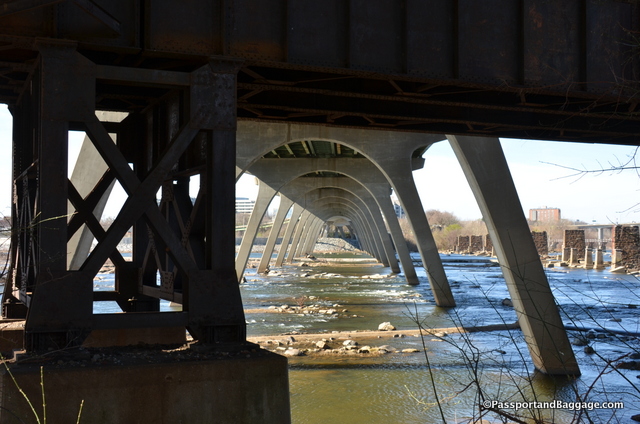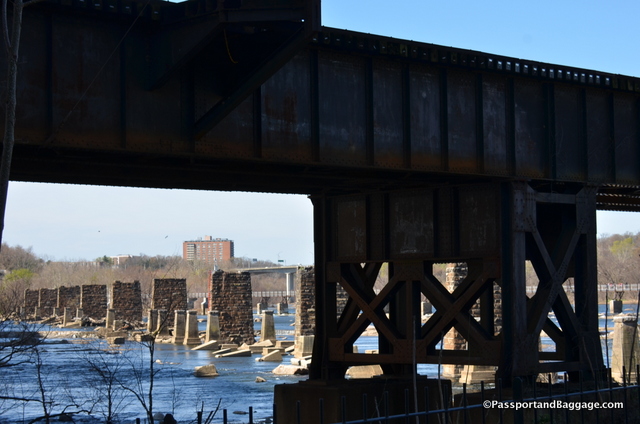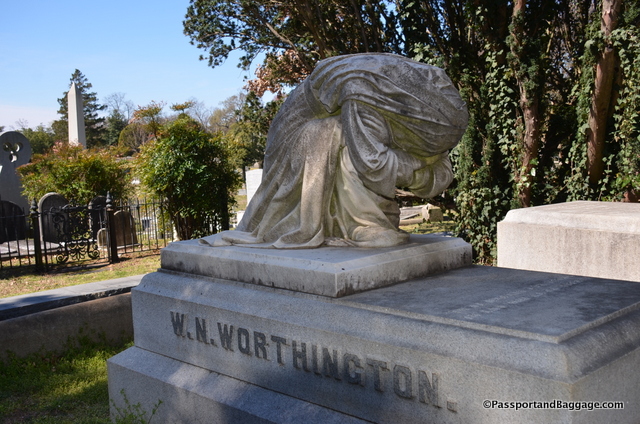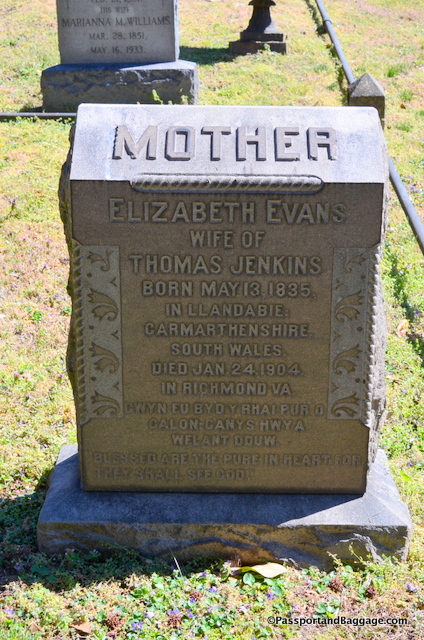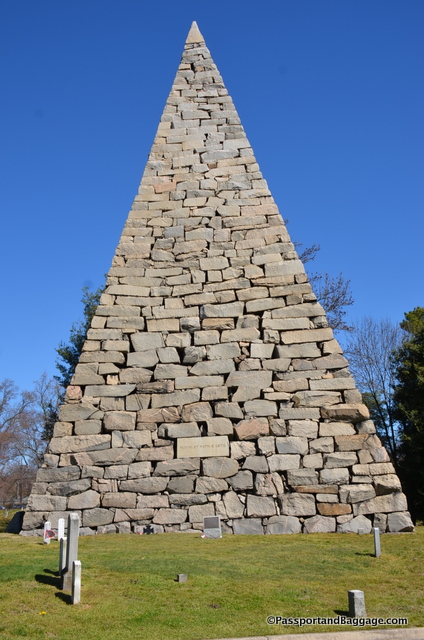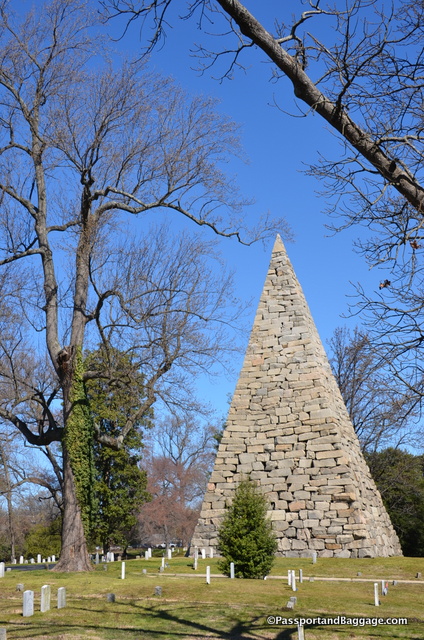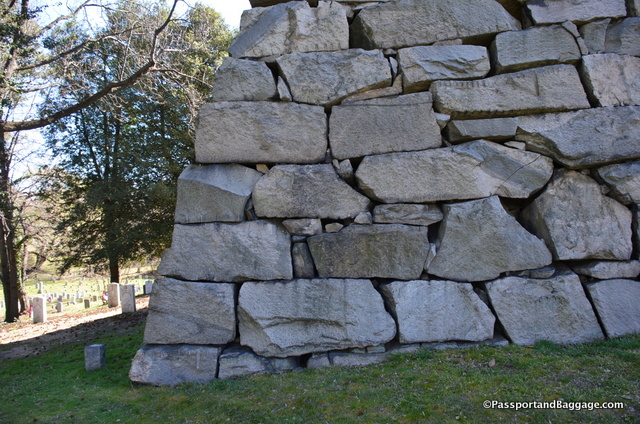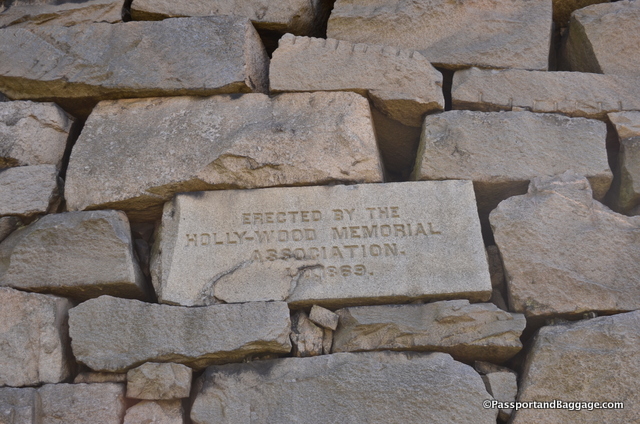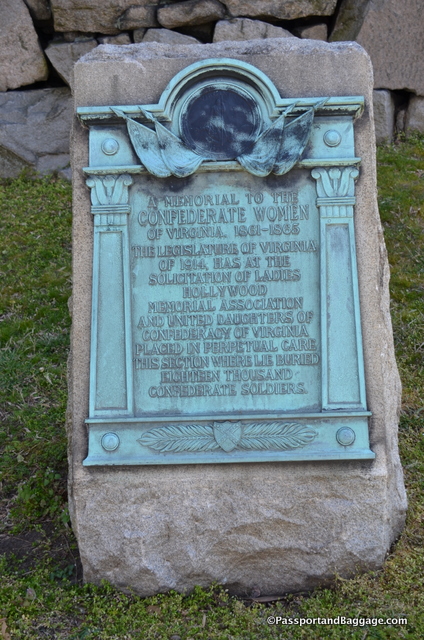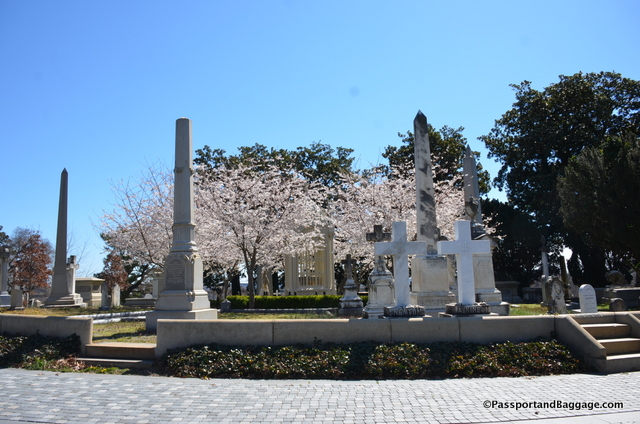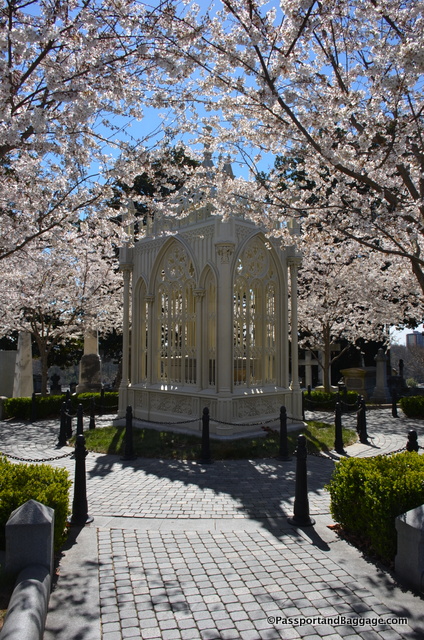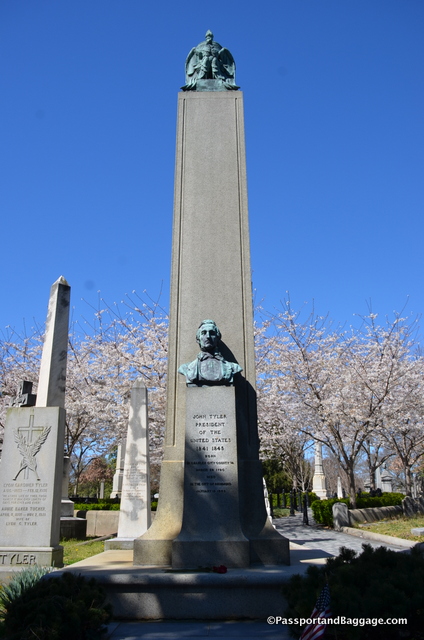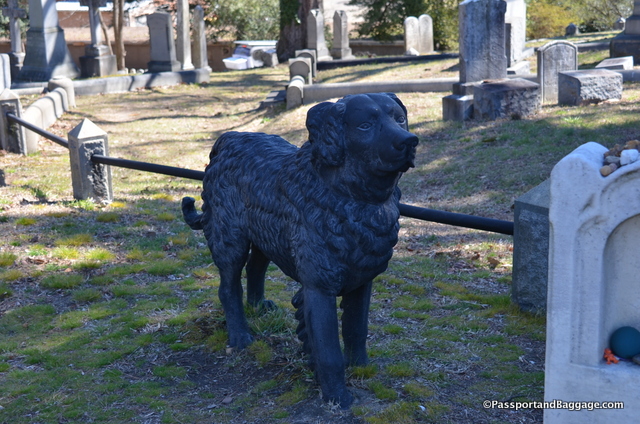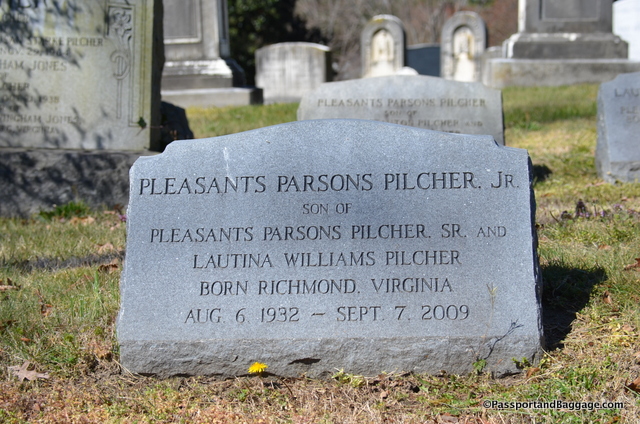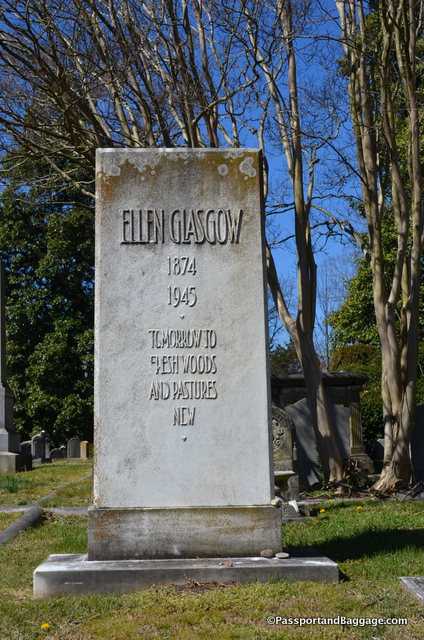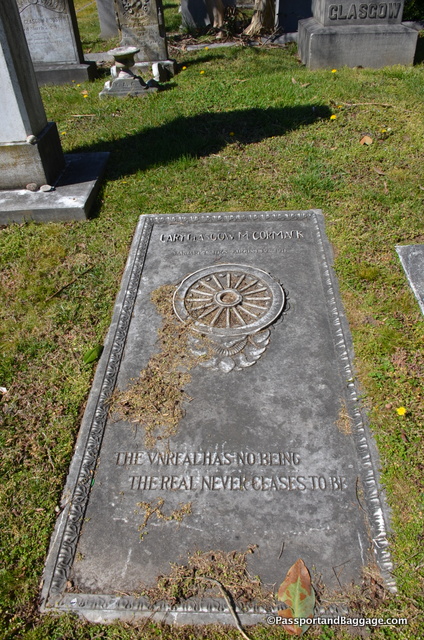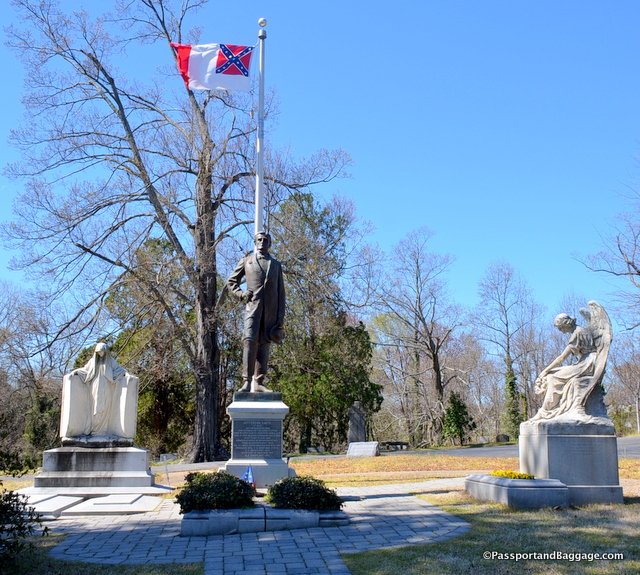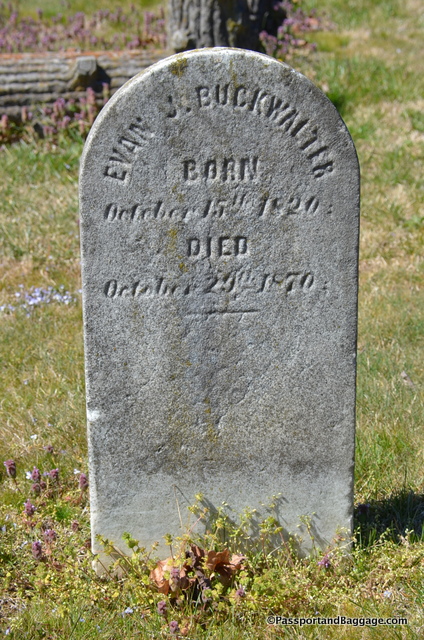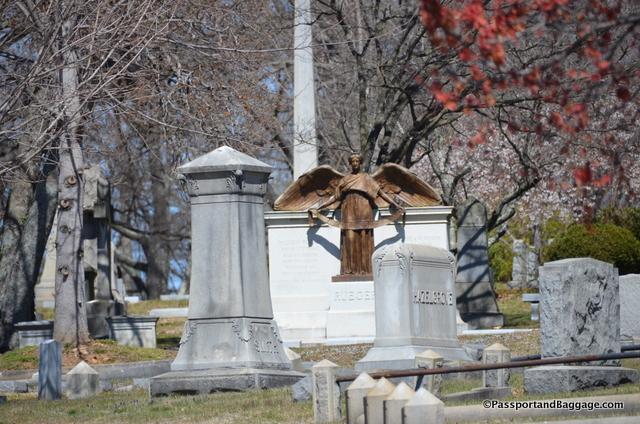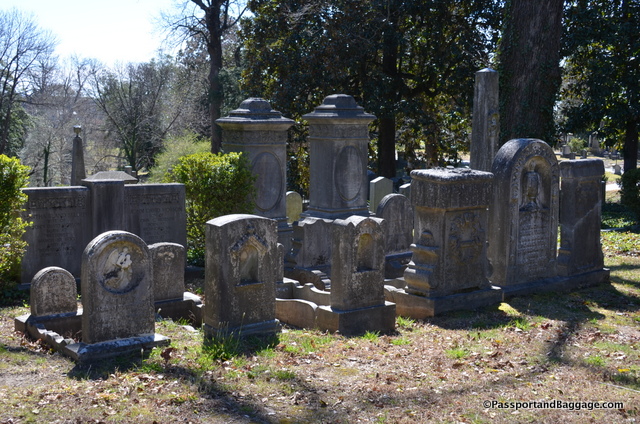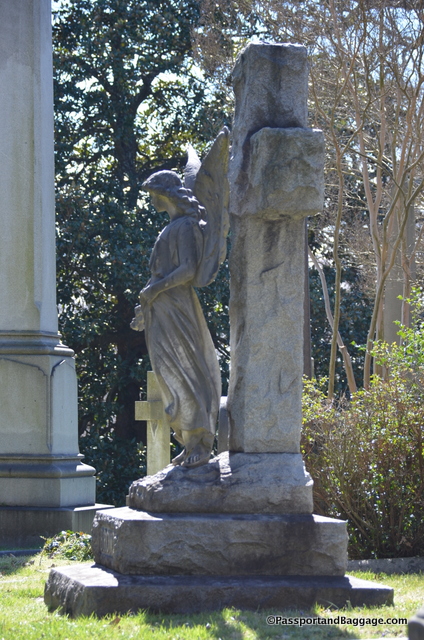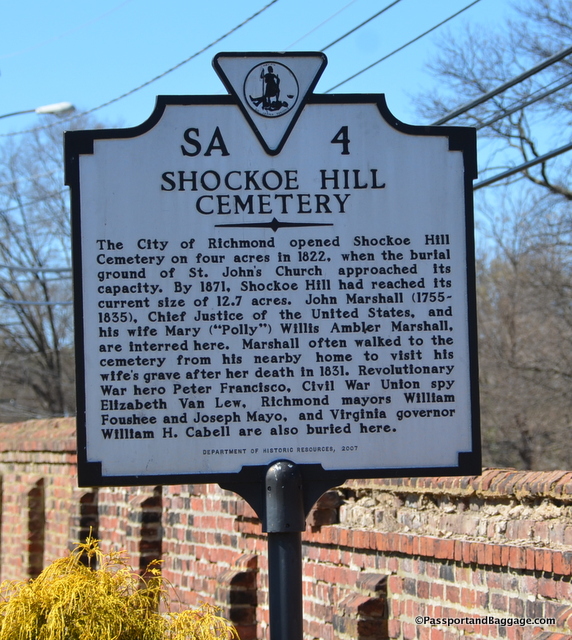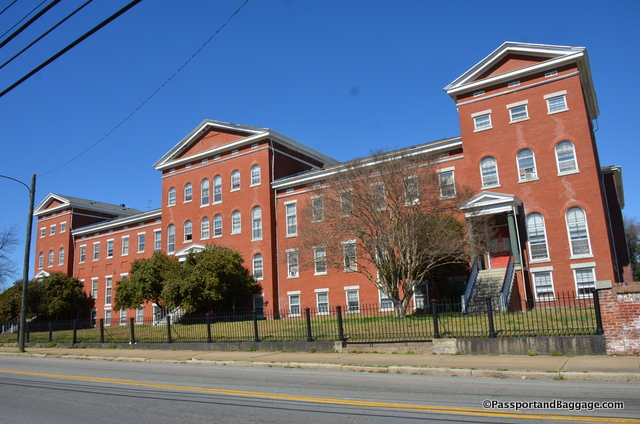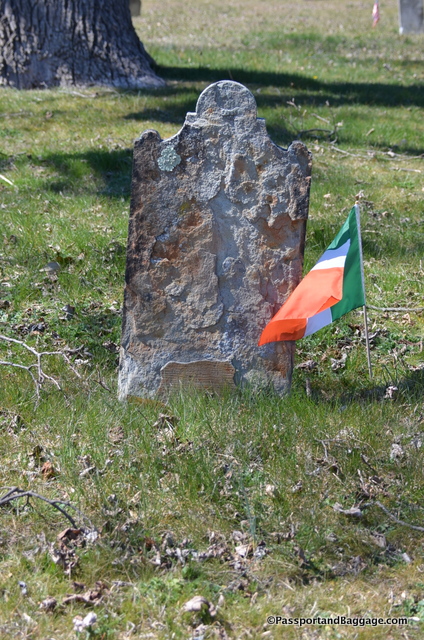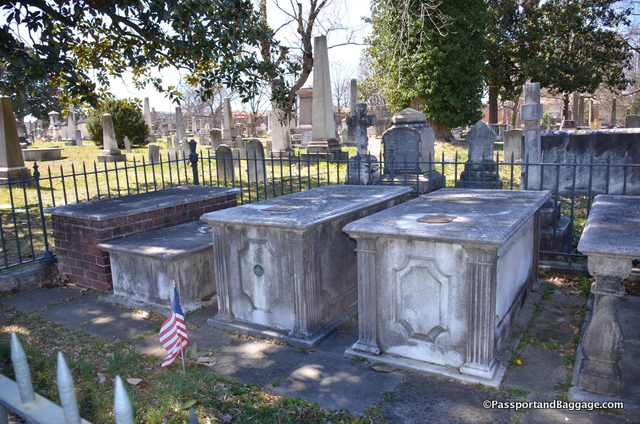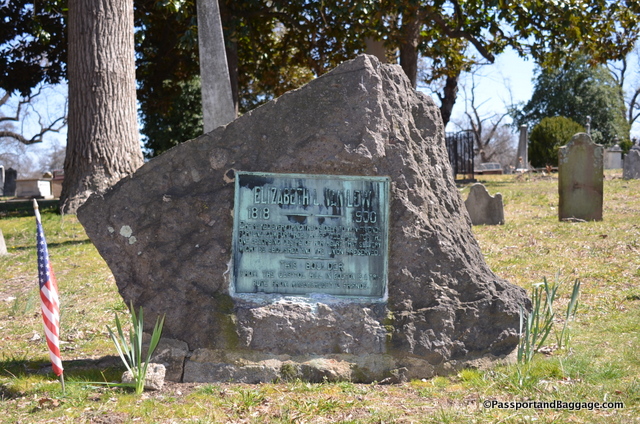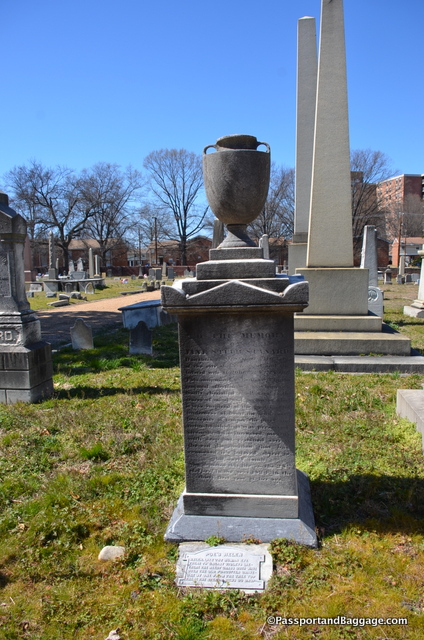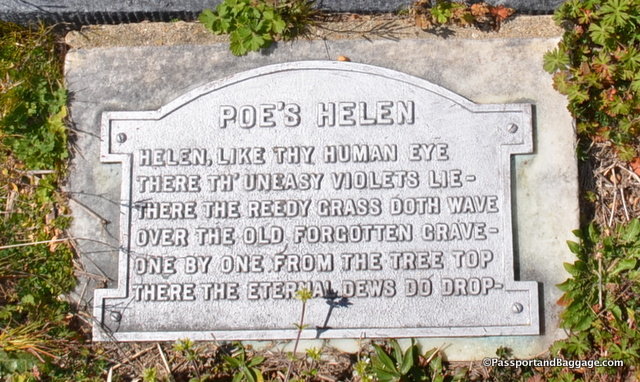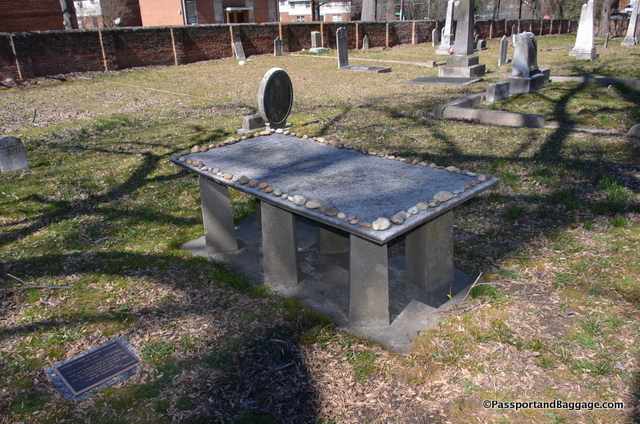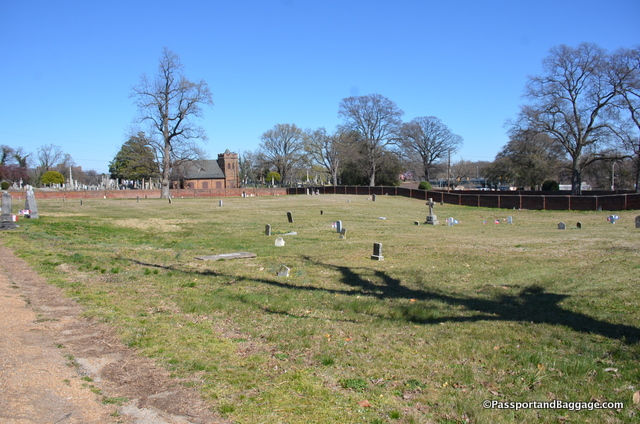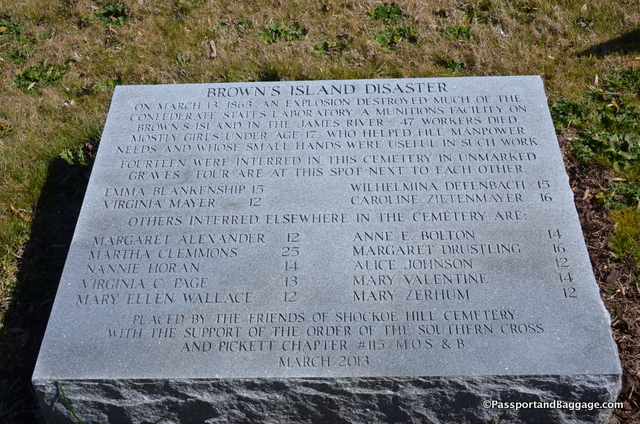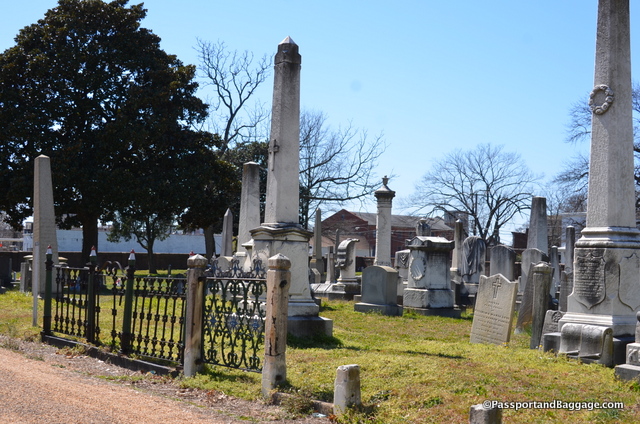1500 East Main Street
Richmond, VA
March 2017
This glorious building was not included in the VSA Spring study tour, but you could not help walk past it if you explore Richmond at all, and especially if you walk from downtown Richmond to the Shockoe District.
The Main Street Station was built in 1901 by the Seaboard Air Line Railroad (SAL) and the Chesapeake and Ohio Railway (C&O). Seaboard had newly introduced service to Richmond, and C&O had consolidated the former Virginia Central Railroad and the Richmond and Allegheny Railroad, which had previously maintained separate stations.
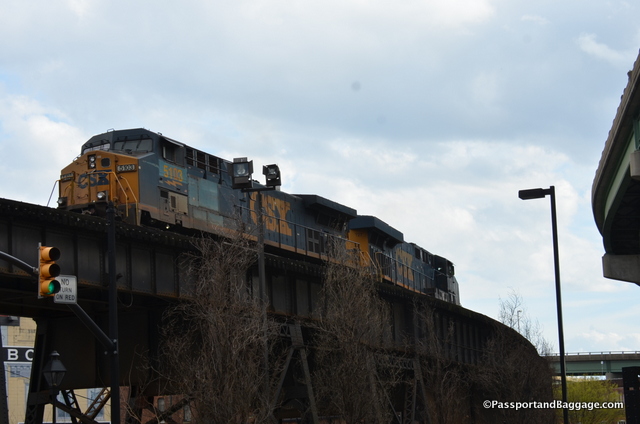 In the 1950s, Seaboard shifted its Richmond passenger service to Union Station of Richmond on Broad Street (now the Science Museum of Virginia), but C&O continued at Main Street Station until Amtrak took over in 1971. In 1970, Main Street Station and its train shed, one of the last surviving train sheds of its type in the nation, were added to the National Register of Historic Places. In 1976 it was designated a National Historic Landmark.
In the 1950s, Seaboard shifted its Richmond passenger service to Union Station of Richmond on Broad Street (now the Science Museum of Virginia), but C&O continued at Main Street Station until Amtrak took over in 1971. In 1970, Main Street Station and its train shed, one of the last surviving train sheds of its type in the nation, were added to the National Register of Historic Places. In 1976 it was designated a National Historic Landmark.
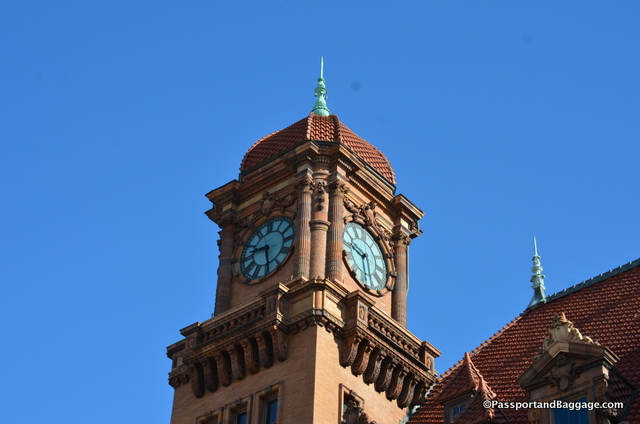 In 1972, Hurricane Agnes caused the James River to flood the station. The damage was so severe that Amtrak moved its Richmond stops to a different station in 1975. To make matters worse, the station was damaged by fires in 1976 and 1983. Rail service did not return to Main Street Station until 2003, when it was renovated and returned to service on December 18th of that year.
In 1972, Hurricane Agnes caused the James River to flood the station. The damage was so severe that Amtrak moved its Richmond stops to a different station in 1975. To make matters worse, the station was damaged by fires in 1976 and 1983. Rail service did not return to Main Street Station until 2003, when it was renovated and returned to service on December 18th of that year.
Constructed over a two-year period spanning the turn of the 20th century and designed in an eclectic variation on the ornate French Renaissance style.
Wilson, Harris, and Richards of Philadelphia, a firm that specialized in railroad architecture, designed both the monumental depot building and the attached 400’ long industrial train shed.
The area around the train station is worth exploration as well, there are many old bars and restaurants housed in fun buildings and a locals farmers market.
The site of the 17th Street Farmers’ Market has been a public gathering place since 1737, and is one of America’s oldest public markets.
 By 1854, The Farmers’ Market had expanded and a large market building was built on the corner of Main and 17th Streets. During the Civil War, the First Market House, as it was originally called, served as a gathering place for Confederate soldiers and later as a barracks for Union Troops. In later decades, shoppers listened to political speeches, visited the police station on the second floor, and raised their own voices at religious revival meetings.
By 1854, The Farmers’ Market had expanded and a large market building was built on the corner of Main and 17th Streets. During the Civil War, the First Market House, as it was originally called, served as a gathering place for Confederate soldiers and later as a barracks for Union Troops. In later decades, shoppers listened to political speeches, visited the police station on the second floor, and raised their own voices at religious revival meetings.
The First Market House was razed in 1961 and the Farmers’ Market was reduced to scattered vendor stalls, but the predicted total demise never happened as a small market still exists on the spot.
